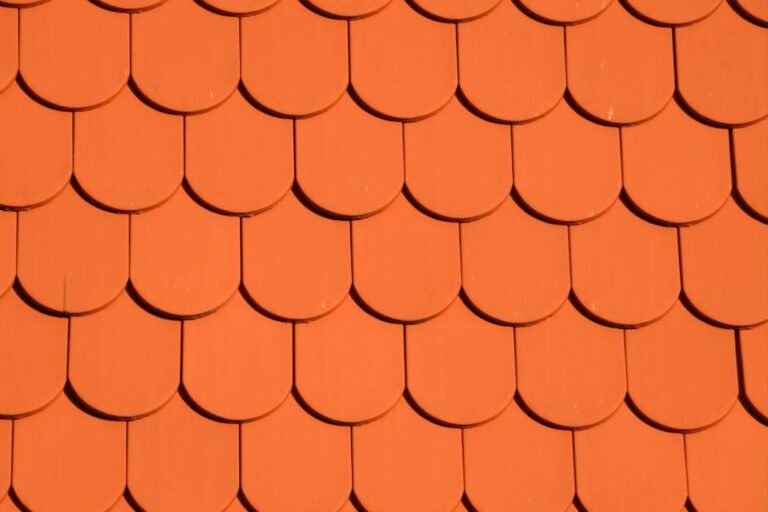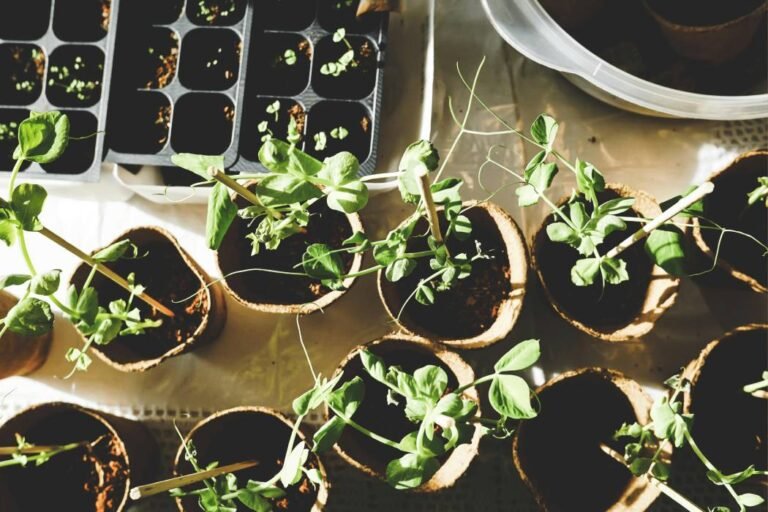Creating a pollinator-friendly garden is not only a way to enhance your outdoor space but also a great way to help support vital creatures like bees, butterflies, birds, and even bats. Pollinators play a crucial role in helping plants grow and reproduce by moving pollen from flower to flower, which helps plants produce seeds and fruits. In fact, about 75% of the food we consume, such as apples, almonds, and berries, depends on pollinators.
Unfortunately, the populations of these helpful creatures are decreasing due to habitat loss, climate change, and pesticide use. But you can make a difference in your own yard by planting a pollinator-friendly garden. This provides a safe space for them while bringing natural beauty to your landscape. Here are six essential tips to help you design a garden that attracts and supports pollinators:
1. Choose Native Plants for Local Pollinators
One of the best ways to encourage local pollinators to visit your garden is by planting native plants. These species have evolved alongside local pollinators for thousands of years, creating a natural fit between them. Native plants offer the best sources of nectar and pollen for bees, butterflies, and other pollinators.
In addition to supporting pollinators, native plants are adapted to your region’s soil, climate, and weather, making them easier to care for. They typically require less water and fewer pesticides than non-native species, which is better for the environment. While not every plant in your garden needs to be native, try to include as many as possible. Some great options include milkweed for monarch butterflies or coneflowers for bees.
2. Select Plants That Bloom Throughout the Year
Pollinators need food all year long, not just during the warmer months. Many pollinators emerge in the early spring after hibernating and need energy to get going. In the fall, others need extra food to prepare for the winter. To provide for these needs, make sure your garden has flowers that bloom at different times throughout the year.
Consider adding a mix of annuals, perennials, shrubs, and trees to your garden. For early spring, plant crocuses, daffodils, and bluebells to give bees and butterflies an early food source. In the summer, flowers like lavender, zinnias, and sunflowers will keep your garden buzzing with life. When fall arrives, asters, goldenrods, and sedums can offer essential nectar for pollinators as they prepare for the colder months.
3. Plant a Variety of Flower Shapes and Colors
Different pollinators are attracted to different types of flowers. Bees, for instance, are drawn to blue, purple, and yellow flowers with open, flat petals that make it easy for them to access the pollen. Butterflies, on the other hand, prefer flowers with narrow tubes, where they can use their long proboscis to reach the nectar. Hummingbirds, known for their fast-beating wings, are often attracted to bright red or orange tubular flowers like trumpet vines.
By planting a variety of flower shapes, colors, and sizes, you can create a garden that welcomes a wide range of pollinators. Aim for diversity in color, plant height, and structure. Having different types of plants adds visual interest to your garden while supporting various species of pollinators.
4. Find the Right Spot in Your Yard
Most pollinator-friendly plants thrive in full sun, which is essential for keeping bees, butterflies, and other pollinators active. These cold-blooded creatures rely on the sun’s warmth to stay energized and maintain their activity levels. A spot that receives at least six hours of sunlight a day is ideal for supporting flowering plants that attract pollinators.
If your yard has some shady areas, don’t worry. While many pollinators prefer sunny spots, some plants can still grow in partial shade and provide nectar and pollen. For example, flowers like columbine, foxglove, and wild geranium are shade-tolerant and can attract pollinators to less sunny areas. You can also add rocks or flat stones to give pollinators a place to rest and warm up in the sun.
5. Group Plants Together in Clusters
Pollinators such as bees, butterflies, and birds prefer to visit large patches of flowers instead of isolated plants. It’s more efficient for them to gather nectar and pollen from multiple flowers in one area. To make it easier for pollinators to find food in your garden, plant flowers in clusters or groups of the same species. A good guideline is to plant at least three of the same type together.
Planting in clusters not only helps pollinators but also adds a sense of harmony to your garden’s design. Grouping flowers creates a more natural, cohesive look rather than scattering individual plants randomly. This approach can make your garden feel more organized and appealing to both pollinators and people.
6. Avoid Using Pesticides and Opt for Natural Solutions
One of the greatest threats to pollinators is pesticide use. Many chemical pesticides are harmful to pollinators, even in small amounts, and can kill bees, butterflies, and other creatures that visit your garden. It’s important to avoid using these chemicals if you want to create a pollinator-friendly environment.
Instead of relying on pesticides, try using natural pest control methods. Companion planting is one strategy that can help reduce pests naturally. For example, marigolds can be planted near vegetables to repel harmful insects. Another option is to attract beneficial insects like ladybugs and spiders, which prey on garden pests while leaving pollinators unharmed.






